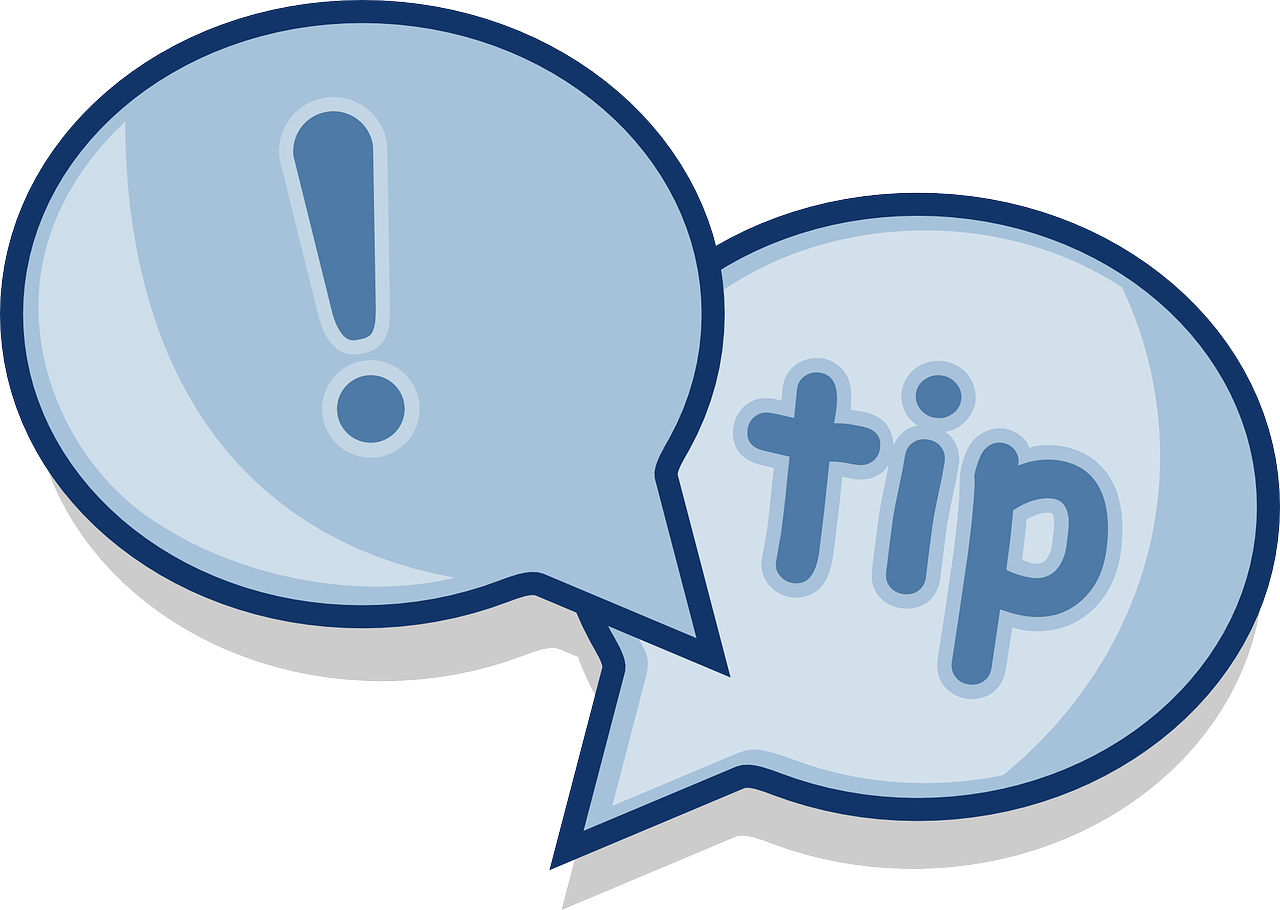Knowledge of languages is the doorway to wisdom - Roger Bacon
For a beginner who is embarking on the journey to learn one of the toughest languages in the world - Japanese - it may be a good idea to start with a book to start reading to improve Japanese comprehension. But beware! Don't just pick up any random book or light novel (the manga in Japanese) or it may prove to have disastrous results for you.
Japanese characters, the script and vocabulary are beautiful, yet complex. It may prove to be a little intimidating and overwhelming for a beginner if you try to tackle the dual problem of Japanese reading and writing in one go. For example, there are more than 50,000 characters in Japanese kanji. But can you learn all of them? NO. And the good news is that you don't have to.
You'd be glad to know that most native Japanese speakers only use two phonetic scripts and approximately 6,000 kanji characters. To learn Japanese reading in a relatively shorter amount of time, you need to be able to prioritize the sections of study carefully.
You may not have to learn everything, but you do need to know the basics without which it will be hard to get by. Getting the guidance of a Japanese tuition teacher may be a good place to start.
Japanese comprehension practice can help expand your language vocabulary and build your understanding of Japanese language grammar. If you know how to read and write hiragana, katakana, and kanji, then you have won half the battle.
When you improve your Japanese comprehension, you can easily practice and review words that you already know. You also learn to apply grammar rules and kanji in spoken Japanese.

Understanding Basics Of Japanese
Japanese is a language that uses three different writing scripts or systems. These writing systems make Japanese a unique language to read and comprehend.
These scripts are:
- Hiragana: Hiragana is a syllabary script that consists of 46 basic characters, each representing a distinct syllable. It is primarily used for native Japanese words and grammatical elements, such as particles and verb endings. Hiragana is often the first script that Japanese learners study.
- Katakana: Katakana is another syllabary script with 46 characters, but it is primarily used for foreign loanwords, onomatopoeia, and technical or scientific terms. It is also used for the names of plants and animals. Katakana characters have a more angular and simplified appearance compared to hiragana.
- Kanji: Kanji are logographic characters borrowed from Chinese. There are thousands of kanji characters, though a set of about 2,000 is frequently used in daily life. Kanji can represent words, morphemes, or parts of words. They often have multiple readings, and their meanings can vary. Kanji characters are used to write nouns, verbs, adjectives, and other content words in the Japanese language.
These three scripts are used in combination with the Japanese writing system. Hiragana and katakana are often used together to write sentences, with hiragana providing the grammatical and inflectional elements, while katakana is used for foreign words or emphasis. Kanji characters are interspersed to represent content words and convey meaning.
The Basics of Japanese Comprehension Practice
To learn Japanese reading, you have to be able to read and write the three unique writing systems- hiragana, katakana, and kanji. Learning about the Japanese language, however, is incomplete without the knowledge of romaji. The latter is Japanese written in the Roman script.

Avoid Romaji
Before delving into the list of steps for learning how to read Japanese, it's essential to start with what you should avoid. Do not depend on Romaji when you're tackling Japanese reading. Relying on Romaji is, in fact, one of the least beneficial things you can do for your journey to fluency in Japanese.
Romaji is the practice of representing Japanese words phonetically using the Latin alphabet. This makes it convenient for English native speakers to read and comprehend Japanese text, but it can hinder your true grasp of the language. Overreliance on Romaji can prevent you from genuinely learning how to read Japanese.
The authentic and effective path to becoming proficient in Japanese reading is by mastering its unique characters. Furthermore, if you limit yourself to reading Romaji, your ability to pronounce Japanese words accurately may suffer.
Unlike the English language where you can use the vowels in multiple ways, in Japanese Romaji, the use of vowels is pretty standard. This means-
- a sounds like a in master.
- e sounds like a in disease.
- i sounds like ee in fit.
- o sounds like oa in coat.
- u sounds like oo in wool.
Most Romaji characters would use an ' to distinguish syllable boundaries.
For example, in the word shin'ya, there are three distinct syllables, viz,
- shi (し)
- n (ん)
- ya (や)
Doubled consonants also have a huge significance. The presence of one indicates a long pause which may result in two completely different meanings. For example, sakki means just now, while saki means prior. Japanese is a medical language, and each syllable is almost the same length as one other. This, however, excludes vowels. If you practice reading Japanese by breaking down the syllables, it will help you get a better flow and prepare you better to pick up hiragana and katakana.
Great Tips For Learning To Read Japanese
Here are some of the most important tips for Japanese reading from Superprof tutors.
Tip 1: Learn Hiragana, Katakana and Kanji
Mastering Hiragana is often recommended as the starting point for learning Japanese, despite many reading guides suggesting a beginning with kanji. Hiragana is considerably more manageable to learn, and once you've grasped it, you can already read and recognize Japanese characters.
Hiragana can be likened to a Japanese alphabet, offering a fully phonetic system where each of the 46 characters corresponds to a single sound or syllable. Hiragana characters are predominantly used for writing words of Japanese origin.
So, to begin your Japanese reading journey, start by familiarizing yourself with all 46 hiragana characters. You don't have to tackle all of them simultaneously; you can conveniently divide them into separate lessons.
Kanji characters have their roots in Chinese, and each kanji character represents a specific meaning. Therefore, in kanji script, the character for "noon" is always represented as 午, and these four strokes consistently signify "noon." This makes kanji writing in Japanese different from a phonetic system.
However, the challenging aspect is that there are more than 2,000 kanji characters in the Japanese writing system. This means that you'll need to embark on a gradual learning process, one character at a time. You can start with the top 100 most common characters and expand as you go. Probably, the most advanced way of learning Japanese, but it will improve your Japanese reading comprehension.
Katakana, much like hiragana, comprises 46 characters in the Japanese writing system, and they all represent the phonetic value of syllables. In fact, each katakana character has a corresponding hiragana counterpart, and they often share a similar appearance. However, there is a significant distinction between katakana and hiragana.
Katakana is specifically employed for writing words of foreign origin. Consequently, you won't encounter katakana as frequently as hiragana and kanji in the Japanese language. Nevertheless, it is essential to acquire the skill of reading katakana.

Tip 2: Start with the Words
If you are just starting out at reading Japanese, start by memorizing the words. There are apps that actually help you do that. You can use them to
- Learn a new word daily.
- Learn new words in the least amount of time.
- Learn Japanese reading with real sentence examples.
- Improve Japanese comprehension through native audio books for better pronunciation.
Tip 3: Read the Local News
You can improve Japanese comprehension practice by reading the local news and articles in Japan. You don't necessarily have to be a master at hiragana, katakana, or kanji. But you should start learning them nevertheless. The articles can be found in Romaji or kanji or any other Japanese language form. Download a Japanese news app to,
- Read short news articles daily.
- Learn Japanese reading in Romaji or Kanji.
- Get English to Japanese translations (and vice-versa).
Tip 4: Listen to Audio Books
Get in the habit of learning through listening. In order to read and write in Japanese, you also need to improve Japanese comprehension first. You can do this by,
- Listening to short audio tutorials.
- Conversing with your Japanese tuition teacher.
- Learning through apps that have integrated pop-up definitions and vocabulary lists handy.
Best Japanese Audio Books For Reading Comprehension
"Japanese from Zero!" Series by George Trombley and Yukari Takenaka: This series offers a comprehensive approach to learning Japanese, including reading comprehension. The audiobooks accompany the textbooks and help you understand and pronounce the language correctly.
"Japanese Audio Flashcards" by Lingo Jump: This series provides audio flashcards for beginners to intermediate learners, enhancing vocabulary and reading comprehension. It's a practical tool for language acquisition.
"Japanese Short Stories for Beginners" by World Language Institute: This audiobook features a collection of short stories in Japanese, helping learners improve their reading and listening skills simultaneously.
"Japanese: Short Stories for Beginners" by Daily Language Learning: This audiobook offers a collection of short stories with English translations, making it a great resource for reading comprehension.
Tip 5: Use Visual Aids For Japanese Comprehension Practice
Look up online resources like podcasts and video tutorials to learn Japanese reading. There are customized apps to help you with routine lessons like reading the train schedule or hauling a cab in Tokyo. Videos are a great way for all levels of learners.
Basic Tips To Improve Japanese Comprehension

The capacity to learn is gift; the ability to learn is a skill; the willingness to learn is a choice - Brian Herbert
When you are learning a new skill like a foreign language, you have to empty your cup and be open to take in the new inputs and perspectives. Otherwise no new information will go in and your learning process will remain incomplete. A few simple methods can expedite the process of Japanese comprehension practice.
Start with the basics
When you're learning a new language, it is a good idea to revisit your childhood. This helps to let go of inhibition and increase your learning orientation. Begin with books that teach you the basics of hiragana and katakana before moving on to the complexities of kanji. Pick up children's books from Disney, for example, translated into Japanese, and do a comparison with its English counterpart to understand the differences and to grasp the words better. Mari Takabayashi is a celebrated Japanese children's author and she writes entirely in hiragana. Once you cross this hurdle, try moving up to manga.
Build your grammar skills and work your way up to sentence structure
The trick to decoding the Japanese sentence structure is to remember the SOV (subject-object-verb) format. For example, the English sentence "I drink water" would be written as "I water drink" in Japanese. Also, the Japanese language uses particles to break down sentences. The particles are placed immediately after the words they are used to refer to.
Don't overcomplicate and overcommit
You can only do so much in a given amount of time. Don't kill yourself in getting past the first phases of learning too quick. You won't make it. Choose your topics wisely. Invest time in subjects you like so they become an interesting read even in Japanese.
Focus on building your vocabulary instead of perfecting your pronunciation
You can't fully learn Japanese if your primary goal is to read and write properly. Focus instead on expanding your command on the vocabulary rather than impeccable pronunciation.
The most effective method for acquiring Japanese reading skills is through consistent and extensive practice. This cannot be emphasized strongly enough. Utilize every opportunity to encounter written Japanese words and make an effort to read them. Actively seek out reading exercises and materials in Japanese.
Résumer avec l'IA :















